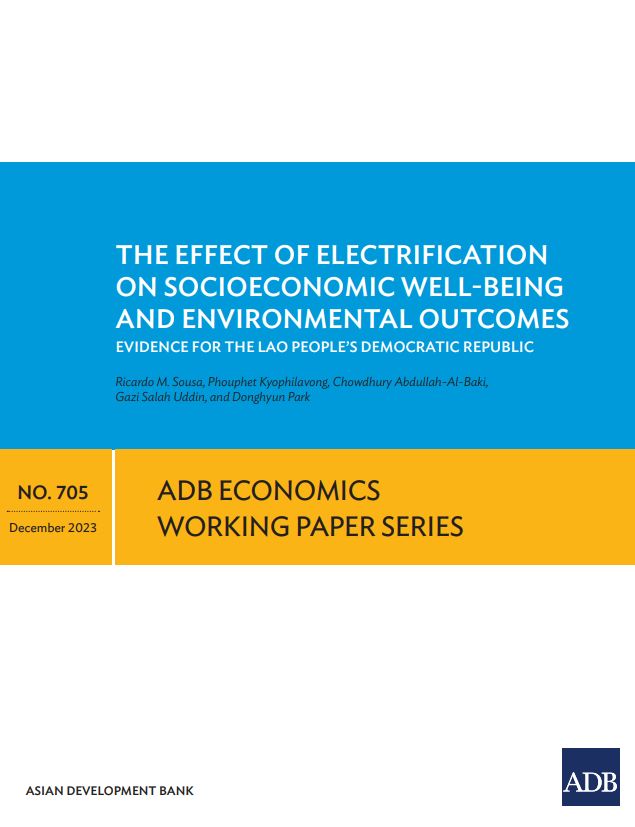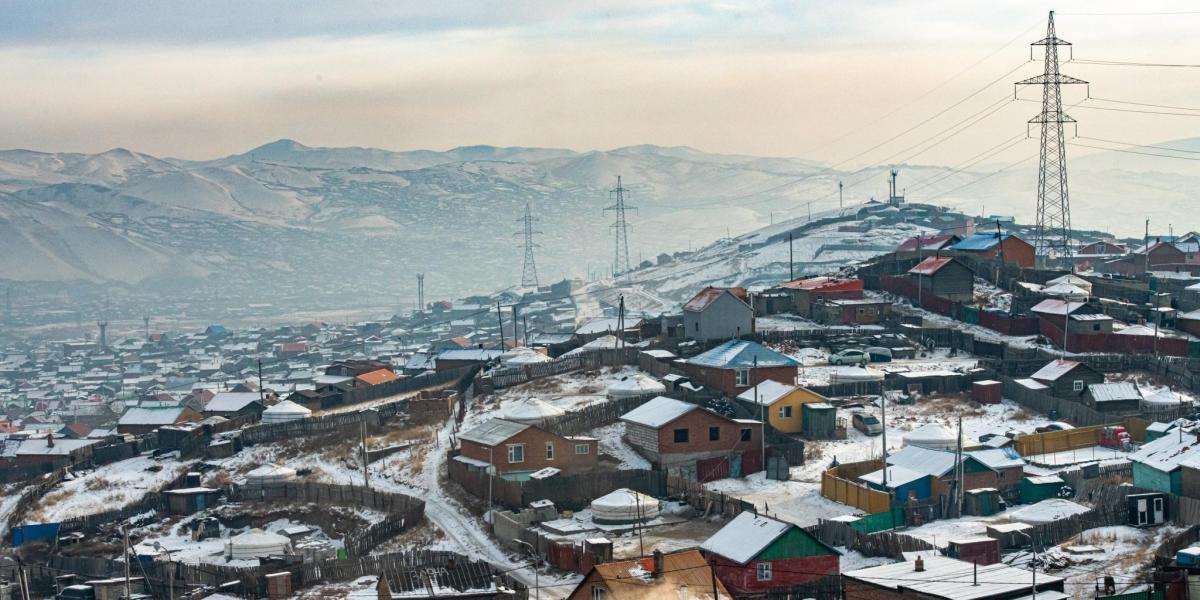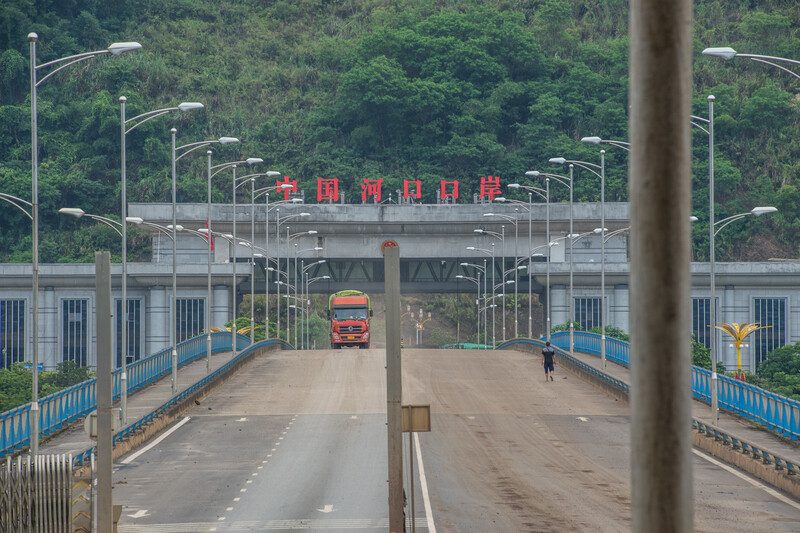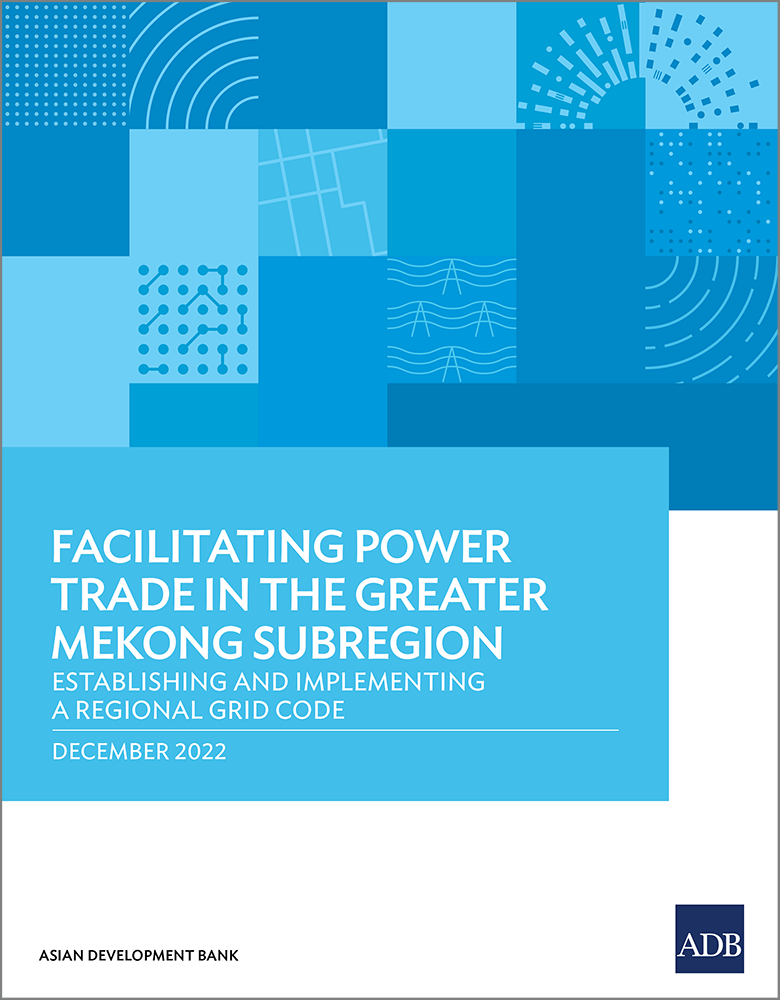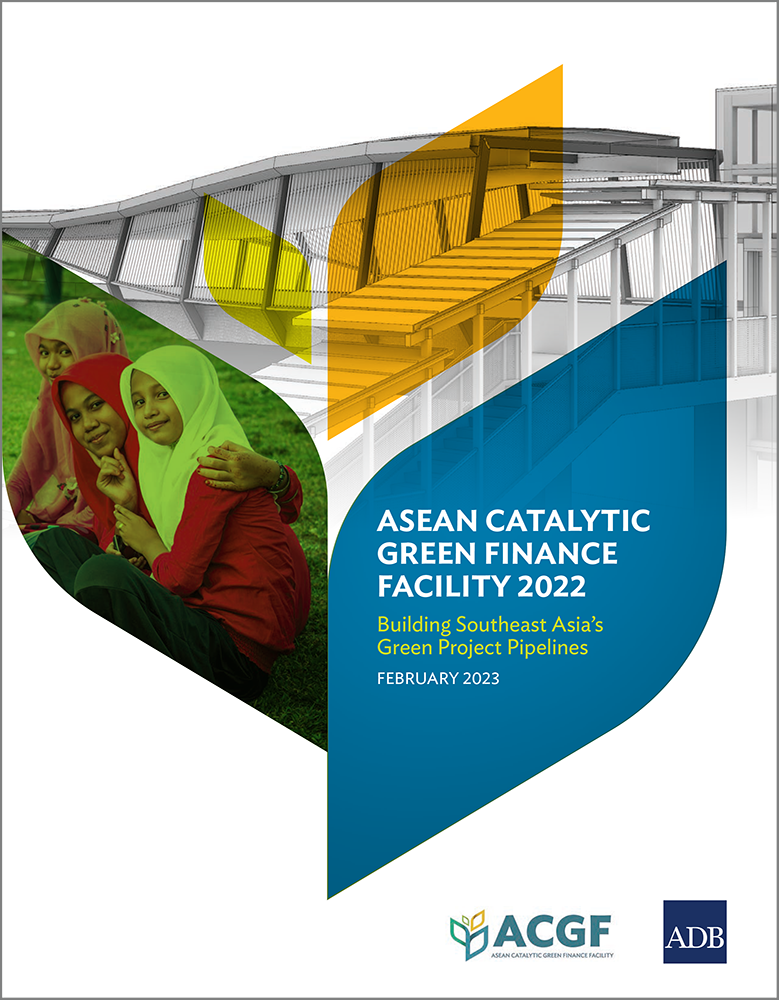Feasibility Studies for Wind Farm for the Subregion to be Conducted in Lao PDR’s Savannakhet
Agreements for feasibility studies for (i) a planned wind farm and (ii) a 500 kV substation for electricity transmission in Savannakhet, Lao People’s Democratic Republic (Lao PDR), was signed by representatives from Lao PDR Ministry of Planning and Investment, NASENG-WAYO Renewable Resource Development and Investment (a Lao PDR firm), and UPC Renewable Energy. UPC Renewable Energy and NASENG-WAYO Renewable Resource Development and Investment will cooperate on the feasibility study.



